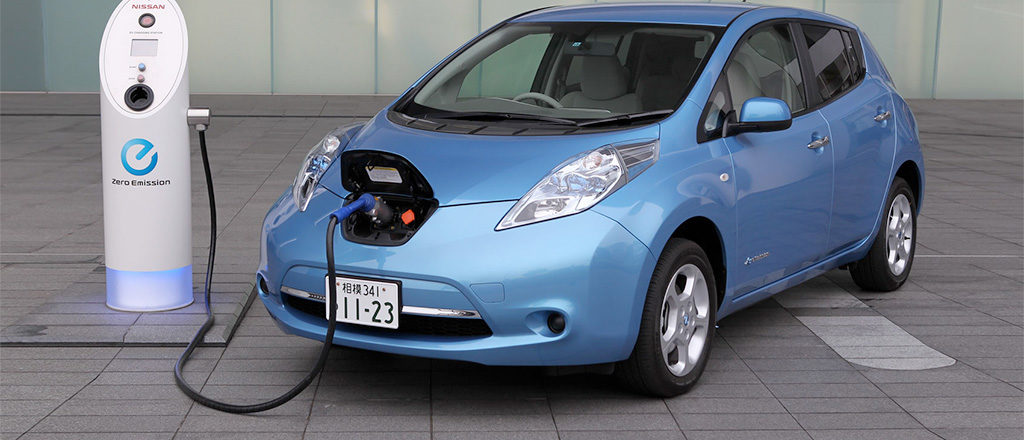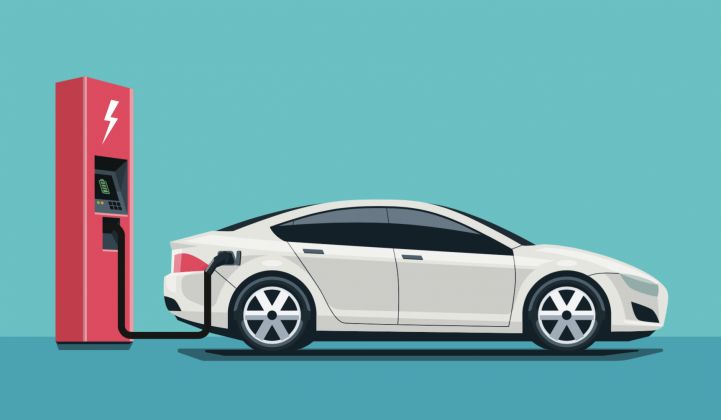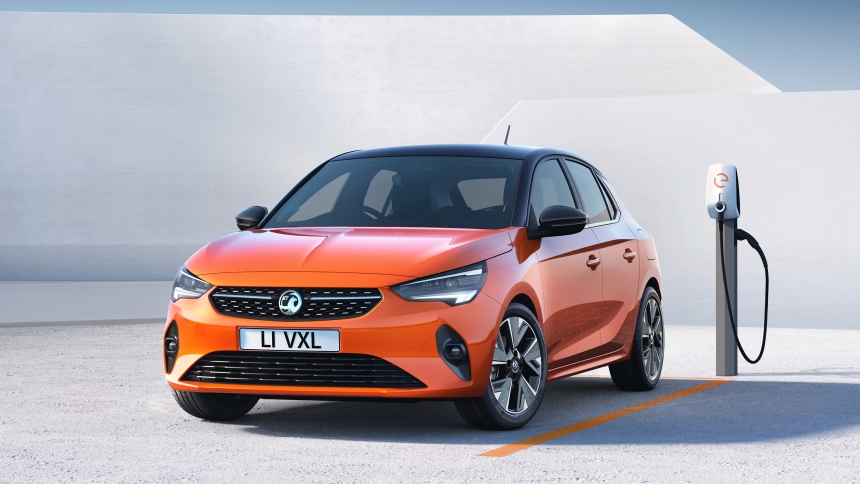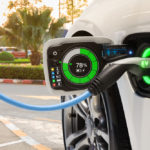A good thing – product or service – spreads like wildfire without much talk about it, without much advertising, let alone enforcement. That was the case with automobiles, the radio or television, DVD or CD players, personal computers or cell/mobile phones. A good thing is appreciated by people and demand for it is natural and growing. Advertising only concerns brands but not the thing itself. Have there been a worldwide action undertaken to enforce personal computers? Hardly. The attractiveness of the product, its usefulness in terms of entertainment, business or education could not be overrated. The same was true of mobile cell/phones. Everybody wanted to have one, appreciating the advantages that the device provided its owner with. What does it look like with electric vehicles?
For years we have all been exposed to an intense propaganda; governments have been promising extra money for buyers of electric cars, and people are made to feel guilty if they want to continue to use vehicles running on petrol, oil or gas because they allegedly wreak havoc with the environment. The electric means of transport is said the be the future of communication with no alternative whatsoever. What can be said about this hectic and frantic activity on the part of those who push electric vehicles?

Source: Wharton University of Pennsylvania.
The automotive industry is one of the mainsprings of economy. For all practical purposes it is concentrated in but very few countries – Germany, France, Italy, Japan, Sweden – and it provides those countries with enormous income, giving employment to millions of their residents. The industry had been developing for decades until it reached a saturation point: in the Western world, in the eighties everybody who wanted had an automobile while families often had two. The industry was nearing the dead end. Under such circumstances the dismantling of the Soviet bloc was a godsend, a windfall, a blessing. All of a sudden – from one day to another – the car market enlarged by the whole of Eastern Europe and post-Soviet Asian republics. If you are old enough, you will have remembered: one of the first visible changes that took place in the former socialist countries was the rapid disappearance of Ladas, Trabants, Wartburgs, Skodas, Dacias, Moskvitches, Zaporozhetses and, and, and. They were all scrapped while a string of Western automotive brands flooded East Germany, Poland, Czechoslovakia, Hungary, Romania, Bulgaria, Lithuania, Latvia, Estonia, Belarus, Ukraine, Moldova, and Russia. On the one hand the West rid itself of its stock of old cars (at that time it was mainly second-hand vehicles that were purchased east of the Elbe), on the other it began setting up chains of car showrooms for East European customers who at the long last could fulfil their dream of possessing a Renault, Peugeot, Citroen, Audi, BMW, Volkswagen, Mercedes, Volvo, Toyota, Nissan or Mazda. Was it not a heyday for the Western automotive industry?
The nineties came to their end, a new millennium began, another decade came to its end, and slowly but surely the eastern car markets have reached their saturation point. What was to be done?

Source: gtm.
The best solution would be to erase the whole stock of vehicles, to annihilate it, so as to be able to make a new start, to launch the production of tens of millions of cars. How can you wipe out tens of millions of cars that are in use? A total war might be a solution, but then it is something highly unpleasant and besides war impoverishes tens of millions of people who then think of the necessities of life rather than cars. The managers of the world economy thought up a brilliant idea. Cars running on petrol, oil or gas needed to be declared harmful to the environment and as such replaced by their electric counterparts. Notice that all leading automotive branches almost concurrently – as if in cahoots – began the designing, and then manufacture and sale at first of hybrid and later electric vehicles. In the run-up to this colossal change a campaign had been carried out whose task it was to sensitize people to the harmfulness of exhaust emissions that damaged not merely the environment but human health. As a result, people whose brains had been exposed to such messages began to have second thoughts about the use of their traditional vehicles; governments gave in to or were in collusion with the managers of the world and joined the emerging trend, and thus a new era for the automotive industry has dawned: all of humanity has been set on the path of exchanging their hundreds of millions of cars running on petrol into their electric equivalents. The automotive industry has been saved for many, many years to come.

Source: byacar.





One comment on “Electric vehicles or how to boost worldwide demand”
This outline is a valuable insight. One crucial bit of policy must be added: the ban on the sale of carbon-fuelled automobiles 10-15 years from now, in several countries and the state of CA. Without it the plot will fail, because the majority continue to prefer to get a lot more car use for their money. Up till now, the plot has -only?- benefitted a competitor: Tesla Motors. For the manufacturers the investments in EV-research to production have had a negative effect on their financial position.